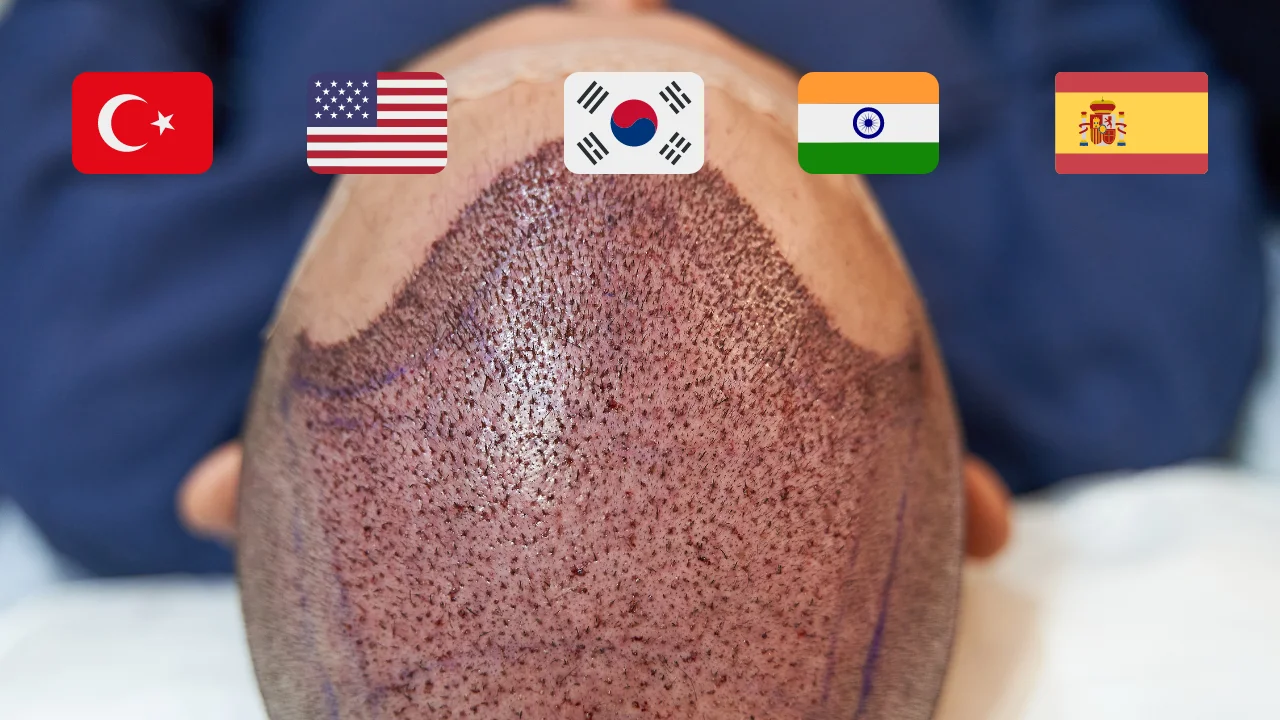Is Everyone Suitable for Hair Transplantation?

Hair loss can be a distressing experience for many individuals, affecting their confidence and self-esteem. Hair transplantation has emerged as an effective solution for hair loss, providing a way to restore natural hair growth. However, not everyone is suitable for hair transplantation. In this article, we will explore the factors that determine suitability for hair transplantation and discuss who may not be ideal candidates for the procedure.
Introduction
Hair transplantation is a surgical procedure that involves extracting hair follicles from one area of the body (usually the back or sides of the scalp) and implanting them into areas with thinning or balding hair. The transplanted hair follicles continue to grow naturally, resulting in restored hair growth and improved aesthetics.
Understanding Hair Transplantation
Before delving into the suitability for hair transplantation, it is essential to understand the procedure itself. Hair transplantation techniques have evolved over the years, with advancements such as follicular unit transplantation (FUT) and follicular unit extraction (FUE). Both methods aim to achieve natural-looking results by carefully implanting individual hair follicles.
Factors Affecting Suitability for Hair Transplantation
Several factors influence whether someone is a suitable candidate for hair transplantation. Let’s explore these factors in detail:
Age
Age plays a crucial role in determining hair transplantation suitability. Generally, individuals in their late 20s or early 30s, when hair loss patterns stabilize, are considered suitable candidates. Younger individuals may not be ideal candidates as their hair loss patterns may not have fully developed.
Hair Loss Severity
The extent of hair loss is another essential factor. Hair transplantation is most effective for individuals with significant hair loss in specific areas, such as a receding hairline or a thinning crown. Patients with extensive hair loss may not have enough donor hair to achieve satisfactory results.
Donor Hair Availability
Donor hair availability is a critical consideration in hair transplantation. The donor area should have a sufficient supply of healthy hair follicles that can be harvested and transplanted. In some cases, individuals with limited donor hair may not be suitable candidates.
General Health and Medical Conditions
An individual’s general health and medical conditions are crucial in determining suitability for hair transplantation. Certain medical conditions, such as uncontrolled diabetes or autoimmune disorders, may affect the success and healing process of the procedure. A comprehensive evaluation of the patient’s health and medical history is necessary to assess suitability.
Assessing Suitability for Hair Transplantation
Determining suitability for hair transplantation requires a thorough assessment by a qualified hair restoration specialist. Here are the key factors they consider:
Consultation with a Hair Restoration Specialist
A consultation with a hair restoration specialist is the first step in assessing suitability. The specialist will examine the patient’s scalp, discuss their medical history, and evaluate their expectations and goals for hair transplantation.
Evaluating the Extent of Hair Loss
During the assessment, the specialist will carefully evaluate the extent of hair loss. They will examine the pattern and severity of balding areas to determine if hair transplantation can effectively address the patient’s concerns.
Assessing Donor Hair Quality and Quantity
The quality and quantity of donor hair are essential for successful hair transplantation. The specialist will assess the density, texture, and overall condition of the donor area to ensure an adequate supply of healthy hair follicles for transplantation.
Evaluating Health and Medical History
A thorough evaluation of the patient’s health and medical history is crucial. The specialist will review any pre-existing medical conditions, medications, and allergies to determine if there are any contraindications or potential risks associated with the procedure.
Individuals Who May Not Be Suitable for Hair Transplantation
While hair transplantation is a viable option for many individuals, there are some cases where it may not be the most suitable choice. Here are a few examples:
Severe Medical Conditions
Individuals with severe medical conditions that compromise their overall health may not be suitable candidates for hair transplantation. Conditions such as uncontrolled hypertension, bleeding disorders, or active infections can increase the risks and complications associated with the procedure.
Insufficient Donor Hair
In cases where the patient has limited donor hair available, it may not be possible to achieve satisfactory results with hair transplantation. The availability of an adequate donor supply is crucial for a successful outcome.
Unrealistic Expectations
Having realistic expectations is essential for any cosmetic procedure, including hair transplantation. If a patient’s expectations are unrealistic or they have unrealistic goals regarding the outcome of the procedure, it may be necessary to explore alternative options or set more realistic expectations through open and honest communication with the hair restoration specialist.
Conclusion
Hair transplantation is a valuable solution for hair loss, but it’s important to understand that not everyone is suitable for the procedure. Factors such as age, hair loss severity, donor hair availability, and general health play significant roles in determining suitability. A comprehensive evaluation by a qualified specialist is necessary to assess suitability and ensure the best possible results.
FAQs
Is hair transplantation a permanent solution for hair loss?
Yes, hair transplantation provides a permanent solution as the transplanted hair follicles continue to grow naturally.
Can women undergo hair transplantation?
Yes, women can undergo hair transplantation if they meet the criteria for suitability, such as having sufficient donor hair and realistic expectations.
How long does it take to see the results of a hair transplant?
The transplanted hair usually falls out within a few weeks after the procedure. New hair growth typically starts within a few months, and significant results can be seen within 9-12 months.
Are there any risks or complications associated with hair transplantation?
Like any surgical procedure, there are potential risks and complications. However, when performed by a qualified specialist, the risks are minimized. It is essential to follow post-operative care instructions for optimal healing and results.
Can hair transplantation be combined with other hair restoration treatments?
Yes, hair transplantation can be combined with other treatments, such as medical therapies or low-level laser therapy, to enhance the overall results and maintain existing hair follicles.



